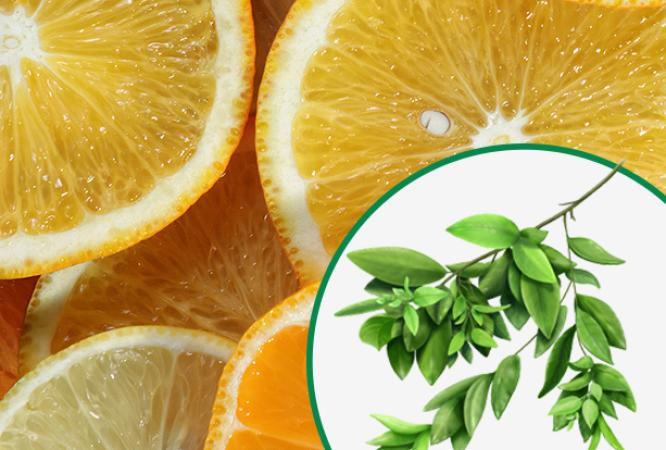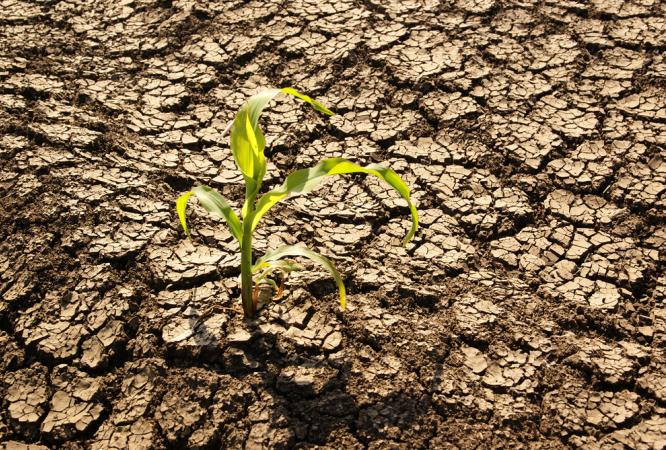- Chestnuts are native to temperate regions of the Northern Hemisphere, including Europe, Asia, and North America. Chestnuts appear in the fossil record over 85 Million years ago in North America, Europe and Asia.
- Chestnuts have been a staple food in many cultures for centuries and there are not only a delicious, but they also have a variety of health benefits. Chestnuts, which are low in fat and high in vitamin C, are more like fruits than other nuts.
- The chestnut can be eaten raw, baked, boiled, or roasted. It can also be dried and ground into flour, which can then be used to make breads and cakes. In Italy, they are often roasted and served as a holiday treat, while in Japan they are used in savory dishes such as chestnut rice and chestnut soup.
- The chestnut tree is an important food source for many animals, including deer, squirrels, and birds.
- A bark fungus that arrived from China into the United States in 1904 wiped out virtually the entire population of American Chestnuts from Maine to Georgia. This was one of the worst environmental disasters in American history.
- The chestnut tree has an extremely long lifespan, with some trees living for up to 800 years. The "Hundred-Horse" tree on Mount Etna in Sicily is believed to be between 2,000 and 4,000 years old.
- Multicote is an excellent fertilizer for chestnuts, which can also be grown as a forest tree or as a fruit tree.
Contact Us
Partner Zone
This section is opened for authorized members. To enter please fill your email that is registered.
Email




